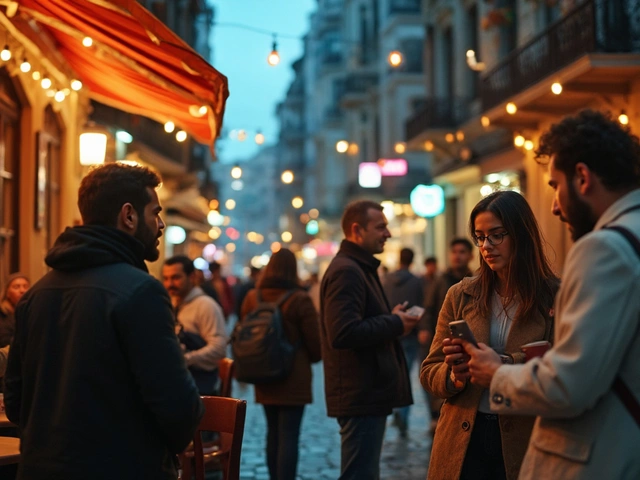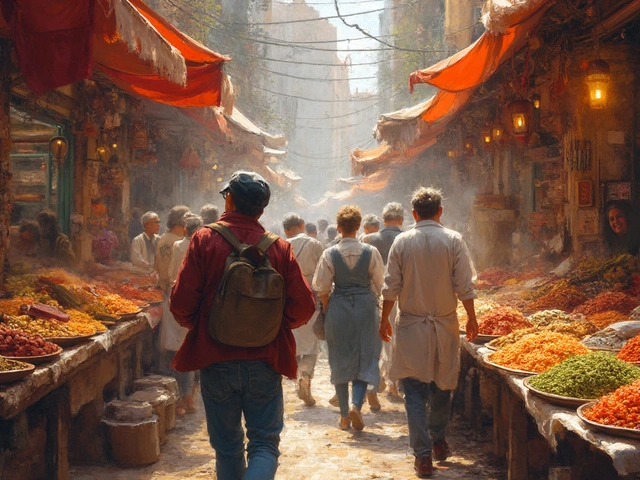Mosque Symbolism: How to Read the Details When You Visit Istanbul
If you’ve ever stared at a mosque and felt a mix of awe and confusion, you’re not alone. The big dome, tall minaret, and intricate tiles aren’t just decoration; each piece tells a story about faith, history, and culture. Knowing what these elements represent makes the visit richer and helps you connect with the space.
What the Main Features Mean
The dome sits at the heart of most Ottoman mosques. It mirrors the sky, reminding worshippers that God is above us. When you look up, you’re meant to feel a sense of openness and unity with the heavens. In Istanbul, the Blue Mosque’s six mini‑domes add rhythm to this sky‑theme, breaking the large dome into a visual flow.
The minaret is the tall, slender tower you see from across the street. Historically, it’s where the call to prayer was shouted so the whole neighborhood could hear. Its upward reach also points to the divine, encouraging believers to look beyond daily worries.
Inside, the mihrab is a niche on the wall that shows the direction of Mecca. It’s often richly decorated with tiles or calligraphy. When you stand inside, the mihrab guides you where to face during prayer, turning the whole room toward a shared focus.
The minbar is the small pulpit next to the mihrab. It’s where the Imam delivers sermons. Its steps remind people of the steps toward spiritual growth—each step up brings a higher perspective.
Patterns, Calligraphy, and Light
Islamic art avoids pictures of people or animals, so designers use geometric patterns and arabesques. These endless repeating designs symbolize the infinite nature of God. When you spot a star‑filled lattice or a swirling leaf motif, think of it as a visual reminder of unity and order.
Arabic calligraphy covers walls, domes, and even the ground in many Istanbul mosques. Verses from the Qur’an appear in beautiful scripts, turning words into art. The script’s flowing lines echo the rhythm of prayer.
Light plays a crucial role, too. Large windows and openings let sunlight pour in, creating shifting patterns on the floor. In the Süleymaniye Mosque, the morning light highlights the central dome, making the space feel alive and constantly changing.
When you walk through a mosque, pause at each element. Notice how the dome draws your eyes upward, how the call to prayer rings from the minaret, and how the patterns repeat without end. These details aren’t random; they’re meant to guide your mind toward calm and reflection.
Understanding these symbols helps you appreciate the architecture beyond its beauty. It turns a simple sightseeing stop into a deeper cultural experience. So the next time you stand under a grand dome or hear the muezzin’s call, you’ll know exactly what you’re looking at and why it matters.








